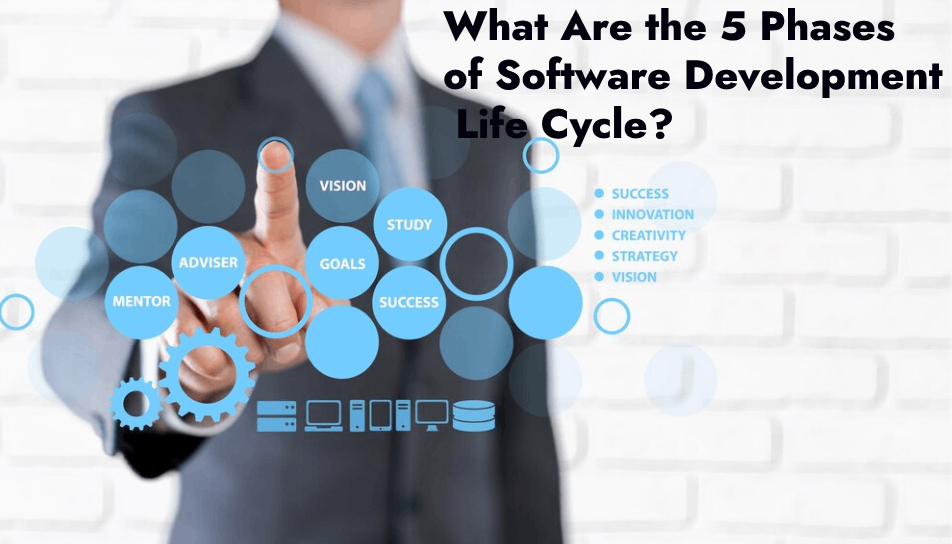The software development life cycle (SDLC) is a process used by software development teams to design, build, test, and deploy high-quality software products. It consists of a series of stages or phases, each of which has its own goals, tasks, and deliverables. In this article, we will discuss the five phases of the software development life cycle.
Planning
The planning phase is the first stage of the SDLC, where the software development team defines the project goals, requirements, and scope. The team identifies the stakeholders, creates a project plan, and estimates the budget, timeline, and resources needed. This phase is crucial to ensure that the project meets the business objectives and aligns with the customer’s needs.
Analysis
The analysis phase is the second stage of the SDLC, where the software development team gathers and analyzes the user requirements. The team defines the functional and non-functional requirements, identifies the system’s constraints and limitations, and develops a detailed specification document. This phase helps the team to understand the user needs and design a solution that meets their expectations.
Design
The design phase is the third stage of the SDLC, where the software development team creates the architecture, modules, and interfaces of the software system. The team develops a detailed design document that includes the system’s structure, components, and data flow. This phase is critical to ensure that the software system is scalable, reliable, and maintainable.
Development
The development phase is the fourth stage of the SDLC, where the software development team writes the code and builds the software system. The team follows the design specifications and coding standards to ensure that the software is robust, secure, and efficient. This phase includes unit testing, integration testing, and system testing to verify that the software system meets the functional and non-functional requirements.
Deployment
The deployment phase is the fifth and final stage of the SDLC, where the software development team deploys the software system to the production environment. The team installs the software, configures the system, and performs acceptance testing to validate that the software system meets the user needs. This phase includes the maintenance and support activities to ensure that the software system remains operational and up-to-date.
In conclusion, the software development life cycle is a structured process that ensures the successful delivery of high-quality software systems. The five phases of the SDLC, including planning, analysis, design, development, and deployment, provide a framework for software development teams to follow. By following these phases, software development teams can ensure that the software systems they create meet the user requirements, are scalable, reliable, and efficient, and are delivered on time and within budget.

Kurtis Marsh is a technology enthusiast and internet entrepreneur based in Georgia. He has been writing about technology for over 4 years, with a focus on security, privacy, and emerging trends. He enjoys exploring and experimenting which has led him to experiment with various coding projects and software applications. His passion for technology analysis has allowed him to develop his skills and help him give advice on the best new products. He is always looking for the latest information to bring to his readers.

